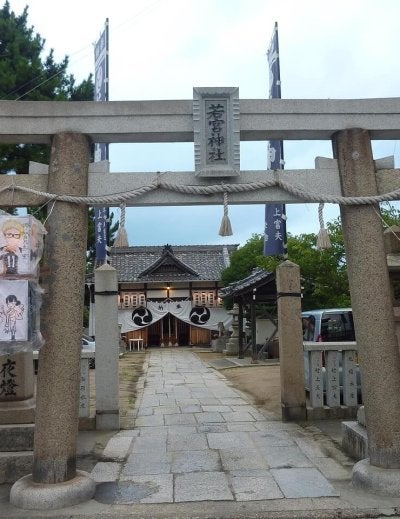
Japan’s Autumn Palette: The Symbolism of Maples and Ginkgo Trees
Japan’s autumn landscape is a living canvas painted in two dominant colours: the fiery reds of the maple (momiji) and the glowing gold of the ginkgo (icho). Together they represent balance, renewal and the beauty of transformation. Understanding their symbolism deepens appreciation for the season’s visual poetry.
The Maple: Red for Reflection and Vitality
The maple’s crimson leaves are among Japan’s most iconic images. In art and literature, red signifies both passion and impermanence. The colour evokes the fleeting beauty of life, echoing the Buddhist idea that all things are temporary. Historically, the Japanese word momiji also described the process of leaves turning red, connecting the natural change of seasons to emotional depth.
During momijigari season, maple leaves are admired not just for their beauty but as a metaphor for renewal. When they fall, they symbolise the graceful acceptance of change—a lesson often depicted in haiku poetry.
The Ginkgo: Gold for Longevity and Resilience
The ginkgo tree, with its fan-shaped leaves, offers a striking contrast to the red maple. Native to East Asia and sometimes called a “living fossil,” it symbolises endurance and peace. Ginkgoes survived the atomic bombing of Hiroshima, and some still stand today as symbols of resilience. Their golden hues light up city streets, especially in Tokyo’s Meiji Jingu Gaien and Osaka’s Midosuji Avenue, creating a tunnel of brilliance each November.
Cultural Expression
Throughout history, both trees have inspired countless works of art, from kimono patterns to modern design. The combination of red and gold in Japanese aesthetics reflects harmony—fire and sun, passion and wisdom, vitality and stability. These colours also mark a psychological transition between seasons, bridging the warmth of autumn with the stillness of winter.
For travellers, observing maples and ginkgoes is not just about photography; it’s a meditation on change, endurance and beauty found in impermanence.

